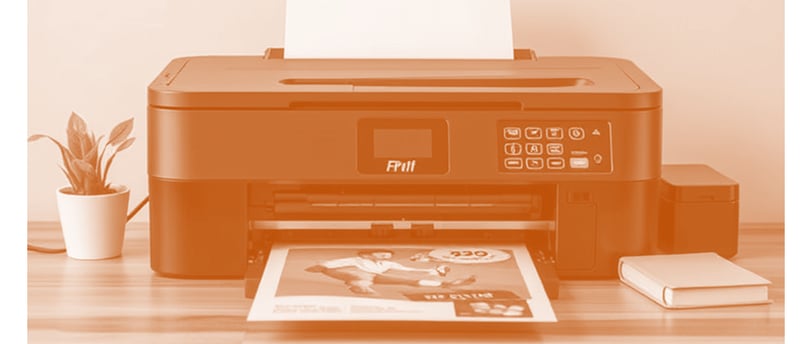What is a Printer? A Comprehensive Guide
EDUCATIONTECHNOLOGY


What is a Printer? A Comprehensive Guide
### Introduction
A printer is an essential output device used to produce a hard copy of digital documents, images, or graphics. It converts digital data into a tangible format on paper, plastic, or other materials. Printers are widely used in homes, offices, and industries for various applications such as document printing, 3D modeling, and large-scale advertising.
### History of Printers
The history of printing dates back to ancient times with early printing methods like woodblock printing and movable type printing. The modern printer evolved from typewriters and early computing devices. The first electronic printer was developed in the 1950s, leading to innovations such as dot matrix, inkjet, and laser printers.
### Types of Printers
1. Impact Printers
- Dot Matrix Printer: Uses a print head with small pins striking an ink ribbon to form characters.
- Daisy Wheel Printer: Similar to a typewriter, it uses a rotating wheel to print characters.
2. Non-Impact Printers
- Inkjet Printer: Uses liquid ink sprayed through microscopic nozzles onto paper.
- Laser Printer: Uses a laser beam and toner powder to produce high-quality prints.
- Thermal Printer: Uses heat-sensitive paper and heating elements for printing, often used in receipts and labels.
3. Specialized Printers
- 3D Printer: Uses additive manufacturing to create three-dimensional objects.
- Plotter Printer: Used for large-scale engineering and architectural drawings.
- Photo Printer: Designed for high-quality photographic prints.
### How Printers Work
Printers function by converting digital signals into physical prints using various technologies. Inkjet printers eject ink droplets, laser printers use electrostatic charges, and 3D printers build layers of material to form objects.
### Printer Components
- Print Head: Responsible for applying ink or toner to paper.
- Paper Feed Mechanism: Moves paper through the printer.
- Toner or Ink Cartridges: Store ink or toner used for printing.
- Controller Board: Processes data from a computer for printing.
### Applications of Printers
Printers are used in various fields such as:
- Business and Office Use: Printing reports, invoices, contracts, and marketing materials.
- Educational Institutions: Producing worksheets, books, and research materials.
- Healthcare: Printing medical records and prescriptions.
- Manufacturing: 3D printing prototypes and custom components.
- Photography and Art: High-resolution photo prints and artwork reproduction.
### Troubleshooting Common Printer Issues
- Paper Jams: Clear stuck paper and ensure proper alignment.
- Poor Print Quality: Clean print heads and replace ink cartridges.
- Connectivity Issues: Check cables, Wi-Fi settings, and driver updates.
- Slow Printing: Optimize print settings and upgrade printer memory.
### Future of Printers
The future of printing includes advancements in:
- Eco-Friendly Printing: Development of recyclable and biodegradable materials.
- Wireless and Cloud Printing: Increased integration with mobile devices.
- AI-Driven Printing: Smart printers capable of self-diagnosing issues.
- Nanotechnology Printing: Printing circuits and micro-scale designs.
### Conclusion
Printers have revolutionized the way we create and share information. With continuous innovations, printers are becoming more efficient, versatile, and environmentally friendly. Understanding the different types, functions, and applications of printers helps users make informed choices for their printing needs.
